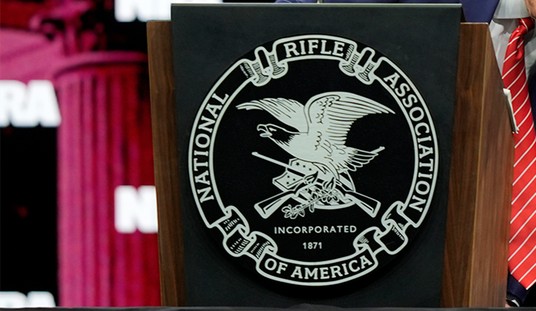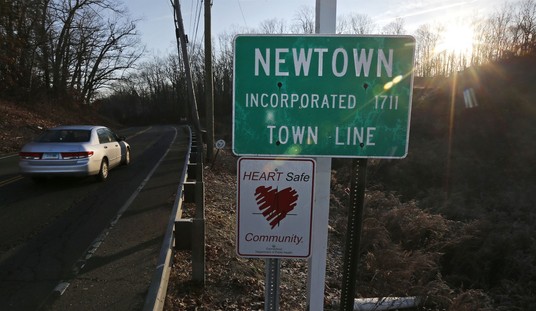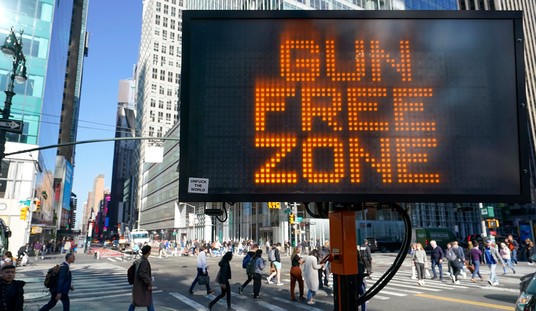There are a lot of hidden firearm gems resting in museums throughout the United States. Last week, I took a look at some rare handguns found at the Springfield Armory National Historic Site. This week, I take a look at some long arms found in the Maine State Museum and at the Springfield Armory.
Leonard Revolving Rifle – The revolving rifle was an attempt to increase the rate of fire by matching the revolver concept to the long arm. Early versions of this gun were seen in the late 1830’s, while the Colt model 1855 is one of the more commonly seen examples.

Leonard Revoltng Rifle
Before becoming a famous fly-rod manufacturer, Hiram Lewis Leonard was a well-known gunsmith in Bangor, Maine. One of his designs, a revolving rifle, was made around 1860. An original example of the Leonard revolving rifle now sits in the Maine State Museum in Augusta.
The Leonard rifle has fine detail in the metalwork and a beautifully shaped stock. While the fishing industry has clearly benefitted from Leonard’s handiwork, the firearms world clearly could have benefitted from his continued gunsmithing.
Hall Breech-Loading Rifle – The Hall Model 1819 rifle was the first breech-loading rifle adopted by the US military, and one of the first adopted in large numbers by any military. John H. Hall of Portland, ME secured the original patent in May of 1811.

Hall Breech-Loading Rifle
The Hall Model 1819 rifle is a flintlock rifle with a breech that levers up for loading, The Model 1819 rifle is also known for being the first rifle that was produced with interchangeable parts. Until the M1819, parts were made individually to match each gun.

Hall Breech-Loading Rifle close-up
Tucked away amongst Leonard’s fishing rods, serial #1 of the Hall rifle sits in the Maine State Museum. Known as the Model 1819 due to the year of military adoption, serial #1 was actually made in 1811, making it 200 years old.
Johnson M1941 Rifle – Wandering through the Springfield Armory museum, a visitor can see a large number of M1 Garand rifles, variants and prototypes on display. Also on display us a little known competitor to the M1 Garand: the M1941 rifle developed by Captain Melvin M. Johnson, USMC. Like the Garand, the M1941 is a semi-automatic rifle chambered for the .30-06 cartridge. The Johnson rifle differed from the Garand in many ways, however.

Johnson M1941 Rifle
The M1941 used a 10-round rotary magazine, and was loaded using the same five-round stripper clips used by the M1903 Springfield rifle. When firing the Johnson M1941 rifle, the barrel recoiled with the bolt to the rear. This had the advantage of lessening the felt recoil, but caused a problem for bayonet use.
The US military ultimately selected the M1 Garand over the Johnson. However, at the beginning of the US involvement in WWII, the US Marine Corps acquired a number of the M1941 rifles. The Johnson rifles are said to have performed well in the hands of the Marines.
T-48 – With the adoption of the Belgian FN-FAL by the United Kingdom, the British began to put pressure on the United States to adopt an FN-pattern rifle. In response, the Springfield Armory had an FN rifle produced by the High Standard Company. The rifle was designated the T-48.

T-48
Much to the dismay of the British, the US declined to adopt the FN-FAL and ultimately went with the M-14.
The Springfield Armory has several T-48 rifles in their possession, including serial number 1. Serial number 013 is on display.
Salvo Rifle – One of the more unusual rifles in the Springfield Armory collection is the Olin/Winchester Salvo rifle. The rifle features dual magazines and barrels, and is designed to put a large volume of projectiles downrange.

Salvo Rifle
The gun was designed for Project Salvo by Stefan Janson . According to the Springfield Armory, studies had shown that a soldier was more likely to be hit by a random bullet or piece of shrapnel than from an aimed bullet. The project was established to design weapons and tactics around that information.
The Salvo rifle was designed to “…spray a deluge of small caliber, high velocity projectiles from multiple barrels.”

Salvo Rifle close-up
An astute observer will recognize the Salvo rifle bears a striking resemblance to the FN-FAL rifle. However, the Salvo rifle fired a 5.56 cartridge based on the 7.62 NATO case instead of the 7.62 NATO cartridge. The 5.56 had two projectiles in each cartridge. So, when firing, two bullets from each of the barrels would head down range (four total projectiles).
While I would expect to find historic guns at the Springfield Armory National Historic Site, I am pleasantly surprised when I find rare guns at more pedestrian museums. If you haven’t check out your local history museums, I encourage you to do so. You never know what you may find sitting in a display case.







Join the conversation as a VIP Member